One of our greatest passions has always been travel and not only to widely known locations, but also to recondite places in Portugal that are full of history, mesmerizing landscapes, and solitary yet welcoming people. And where can we find all these characteristics? At the Historic Villages of Portugal, of course!

We began our visits in 2007 at the Historic Village of Monsanto, which we later revisited in 2014. Judging by the steep yet idyllic landscape on the way to this village, we anticipated a visit through winding paths that are worth exploring. After this long but pleasant walk, we arrived at the village. Our first impression of it was as a completely inspiring place in direct contact with Nature.

One of the first buildings we saw on our way to the castle was the Parish Church, also referred to as S. Salvador Church. Through the steep lanes, we got in touch with the dazzling beauty of the stone houses and scenery.

Along the way to the castle, we came across Monsanto’s animal life and an iconic stone.
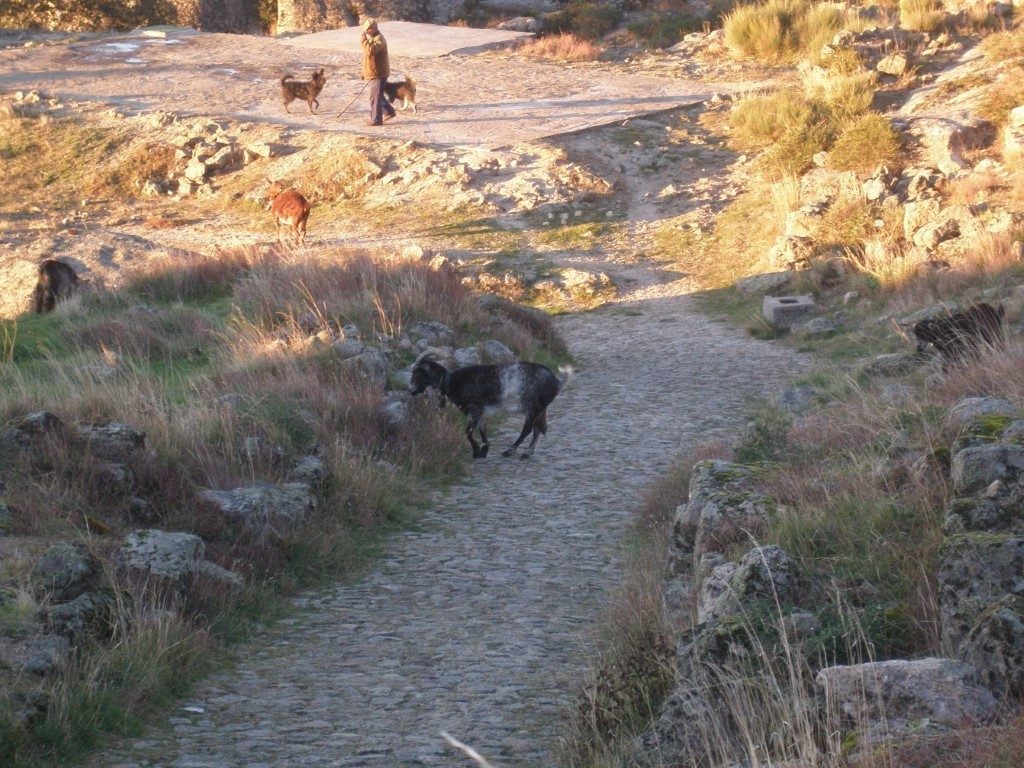
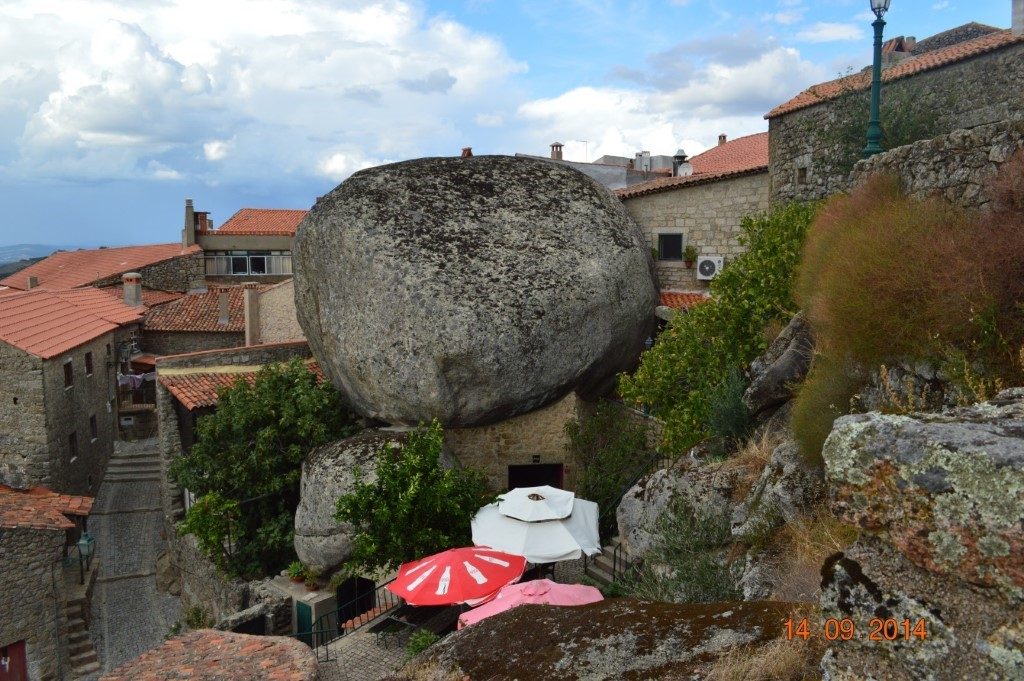
At the castle, we could contemplate the landscape, which appeared to touch the sky.
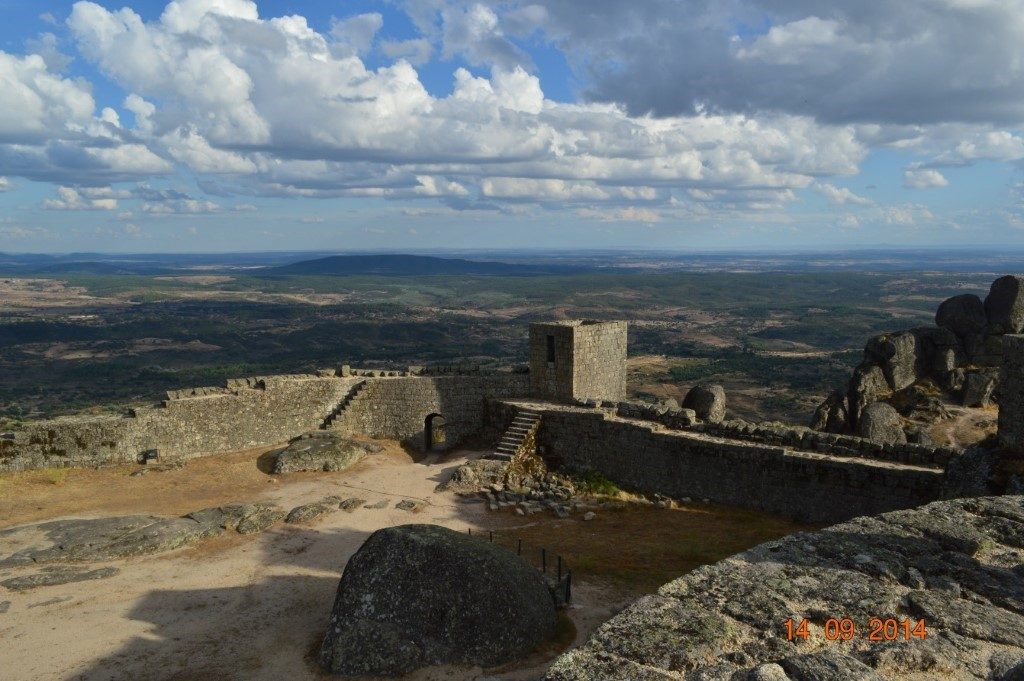
Exploring Sortelha
The second Historic Village we visited was Sortelha. Right at the end of the road, we could see the castle rise up from the scenery, a landscape as stunning as that of the previous village, characterized by a green lushness that cannot be found in largely populated areas and a cluster of houses nestled amid this perfect environment.

Once on castle grounds, we could observe the pillory and wander among its walls.

Amidst the village houses and streets, we came into contact with the people of this region and their faithful partners, who enjoy the tranquility of this sunny day to craft some keepsakes by hand for tourists to remember this place by and always feel welcome to revisit!

This village also receives many visitors in September, when it hosts its Medieval Fair, which we never miss.

Next stop: Belmonte
Belmonte is a Historic Village located in the Castelo Branco district and has some interesting sites for visitors passing through.

From the top of the castle, we were able to admire the entire village and its surroundings.

With its walls, amphitheatre, and Manueline windows, the castle is the setting for not only an afternoon well spent, but also for a Medieval Fair held in August that attracts visitors from all over the country.

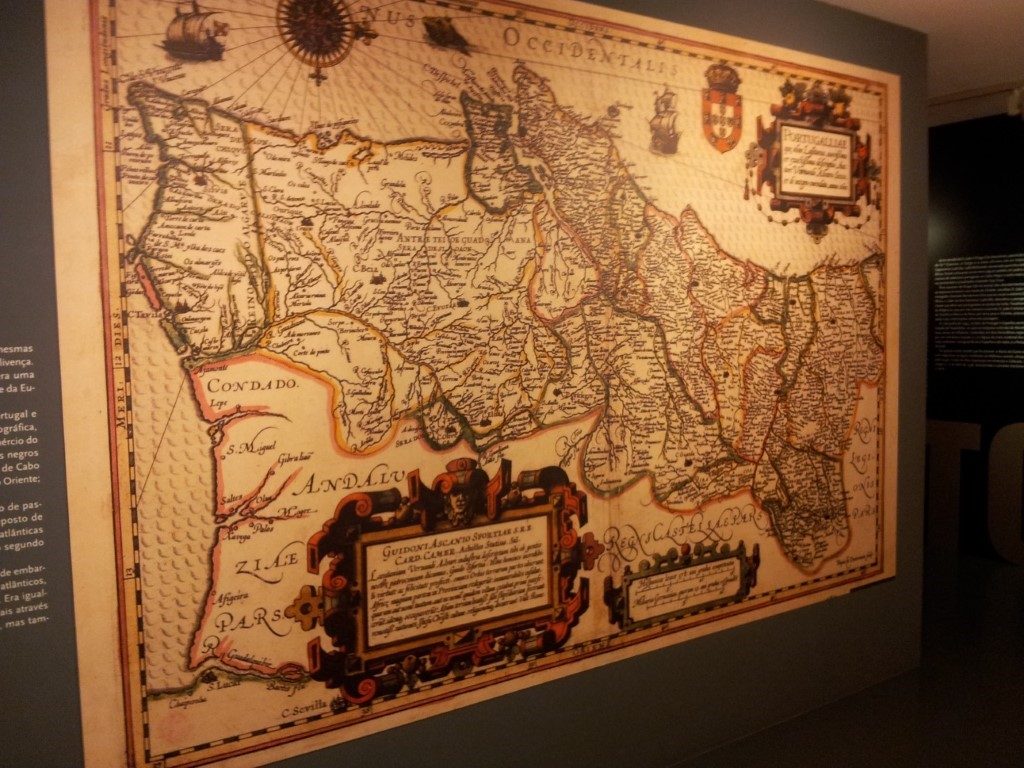
In the Historic Village of Belmonte, we could visit the interactive rooms of the Museum of Discovery; Santiago Church, where we could see an image of the Pietá and Pedro Álvares Cabral’s tomb; the Jewish Museum, which had some objects from the Jewish community; the Olive Oil Museum; and the Eco-museum, which has a didactic, educational appeal, where one can study the Zêzere river’s course from its source to its mouth, as well as its fauna and flora, through numerous interactivities.

Another touristic site in this Historic Village is Villa da Quinta da Fórnea. Though little of it has been preserved, we might still imagine the various sections of this Villa.

The colors of Castelo Novo
Surrounded by a beautiful green grove typical of the Gardunha mountain range, which flanks Castelo Novo, one of the most gorgeous Historic Villages that we have visited thus far, were it not the one closest to the region where we live, Fundão, the land of the cherry.
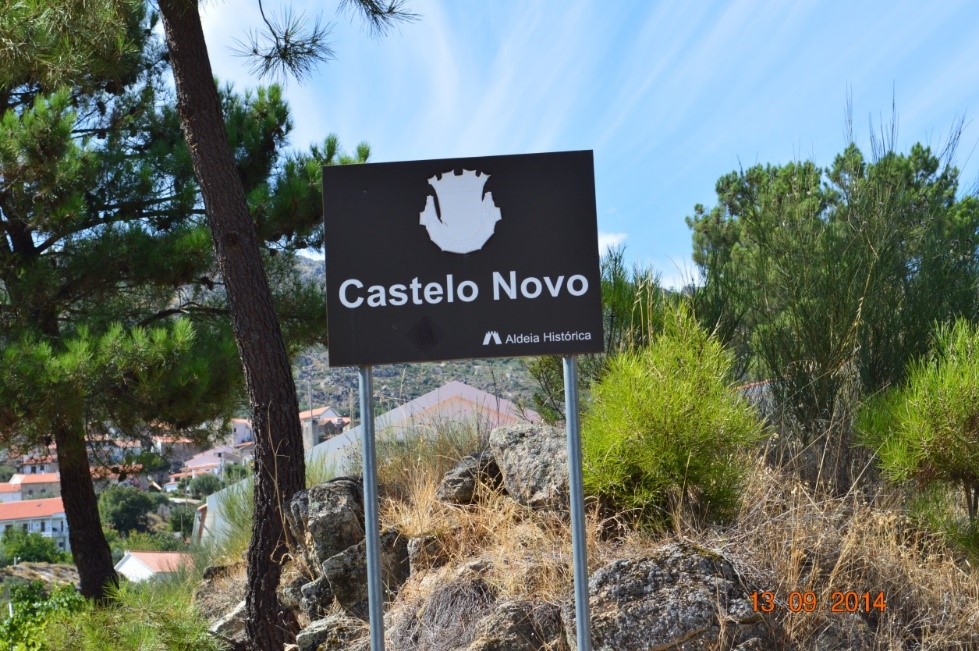
As we strolled through this village on its Roman roads, we could immediately notice its distinctive feature – colorful doors – which give it an unparalleled beauty.

Continuing our exploration of this village, we saw the Bica Fountain, located in the Square.

Another site we visited was the City Hall, the building for the former House.

For those who are like us who like to visit chapels and admire their details, we recommend visiting this village’s two chapels, Santa Ana and Santo António.


Lagariça, the open stone vat used for making wine, known as a lagar, dating from the 7th and 8th centuries, is another iconic site of this village. If you want to buy original handicrafts, you can do so at Casa da Lagariça.

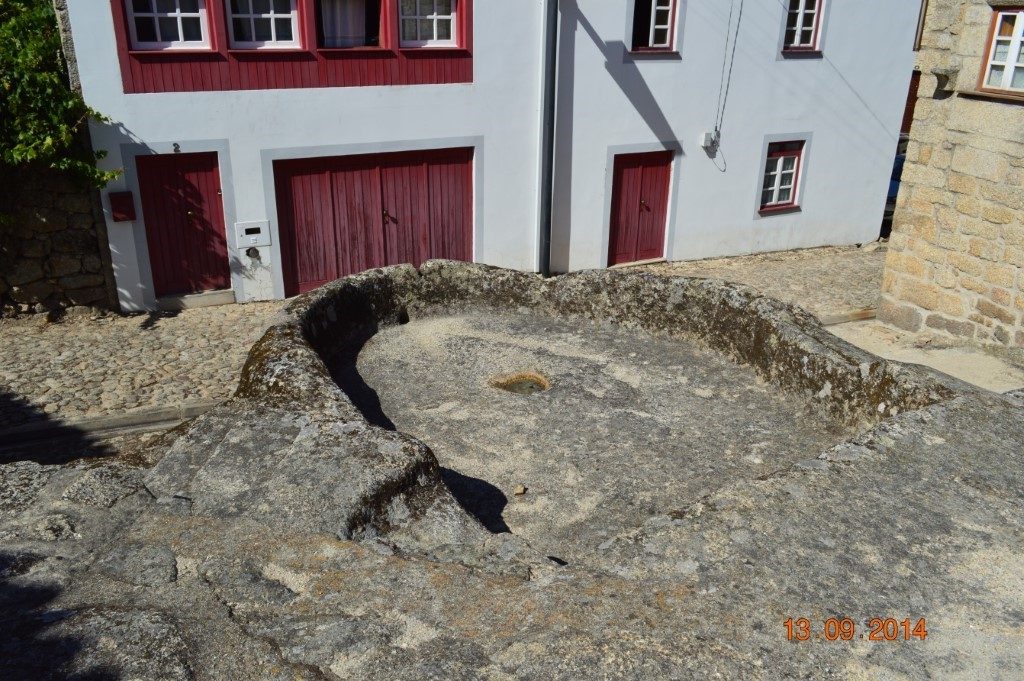
During our visit to this village, we could not resist climbing up the granite blocks of Cabeço da Forca, resting a bit at Praça do Cruzeiro, and, of course, wandering through its castle. Of all these sites, we caught a panoramic view of the surrounding landscape and its characteristic greenness.


Although we had walked throughout the village, we saved some energy to walk a trail, at times steep, to visit Alardo’s water facilities, whose backdrop is always the awe-inspiring Gardunha mountain range.

At the end of our visit and to recover our strength, we rested and refreshed ourselves at a small bar at the Zona de Lazer (Leisure Area). Anyone who wishes to do so can even go for a swim at the river beach.

The enchantment of Idanha-a-Velha
Upon arrival at Idanha-a-Velha, a village of the municipality of Idanha-a-Nova, we noticed its imposing walls.

As we strolled through this village, we felt all of its enchantment and care from the abundant vegetation adorning the houses.
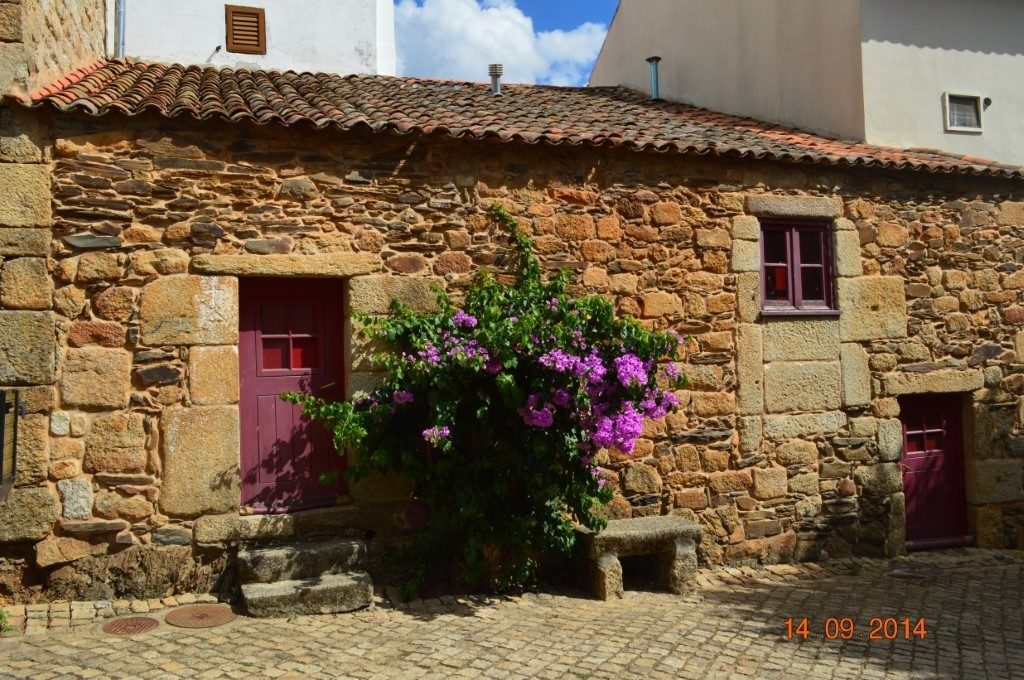

Its Roman roads, as well as the Roman bridge, provided us not only with a lovely walk, but also a mesmerizing green landscape.


In this village, we could also admire the Santa Maria Church and the Parish Church. From Santa Maria Church, we left for the Archaeological Museum, a museum of fundamental importance to this village as it houses a Roman epigraphic collection of great interest to the country.



In the Largo da Igreja (Church Square), we also found the Manueline-style pillory.
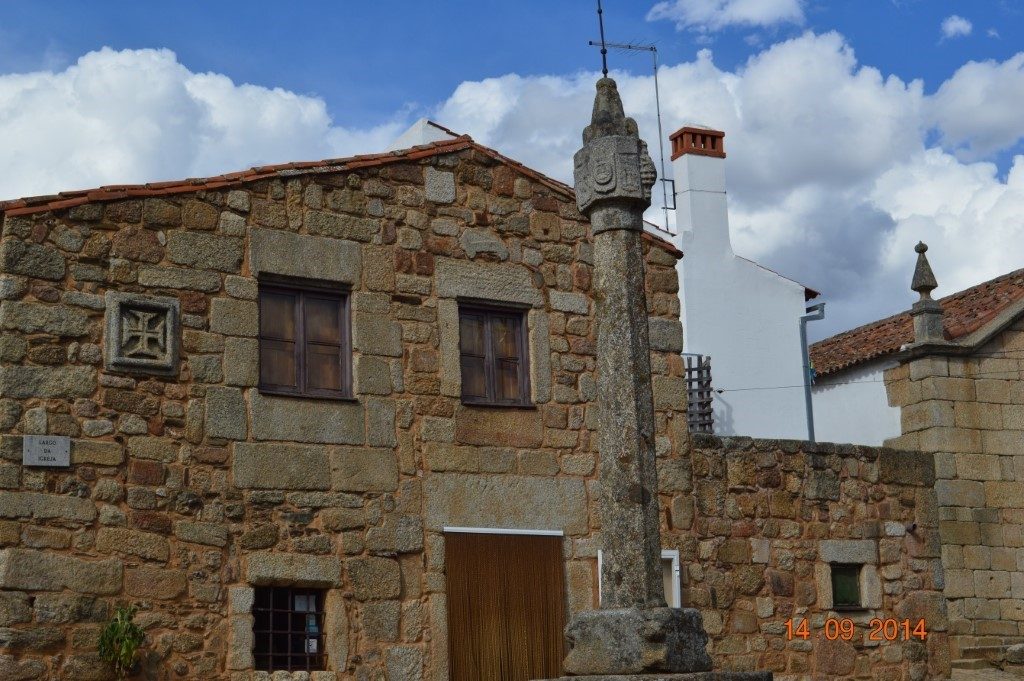
In this village, we could also contemplate the Keep of the Knights Templar.

The Tourist Office of Idanha-a-Velha is currently located in the village’s former lagar, and it still preserves some traditional objects of the lagars’ former operations.
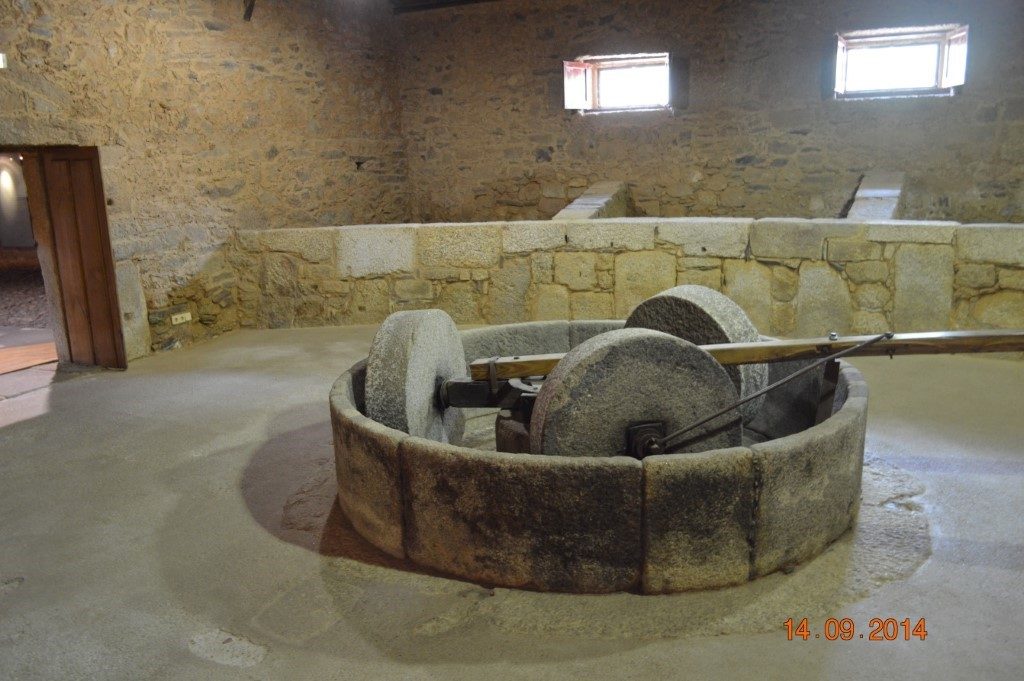
The conquest of Castelo Rodrigo
On our way to Castelo Rodrigo, we caught sight of a landscape covered in flowery trees that had us wonder about what we could find there.

Before entering through the Porta do Sol (Entryway of the Sun), we noticed decorative elements reminiscent of the village’s rustic appeal.


As we continued our tour, we could see the Clock Tower.

We entered the Cristóvão de Moura Palace through the Monumental Palace Entry and could admire the surrounding scenery.
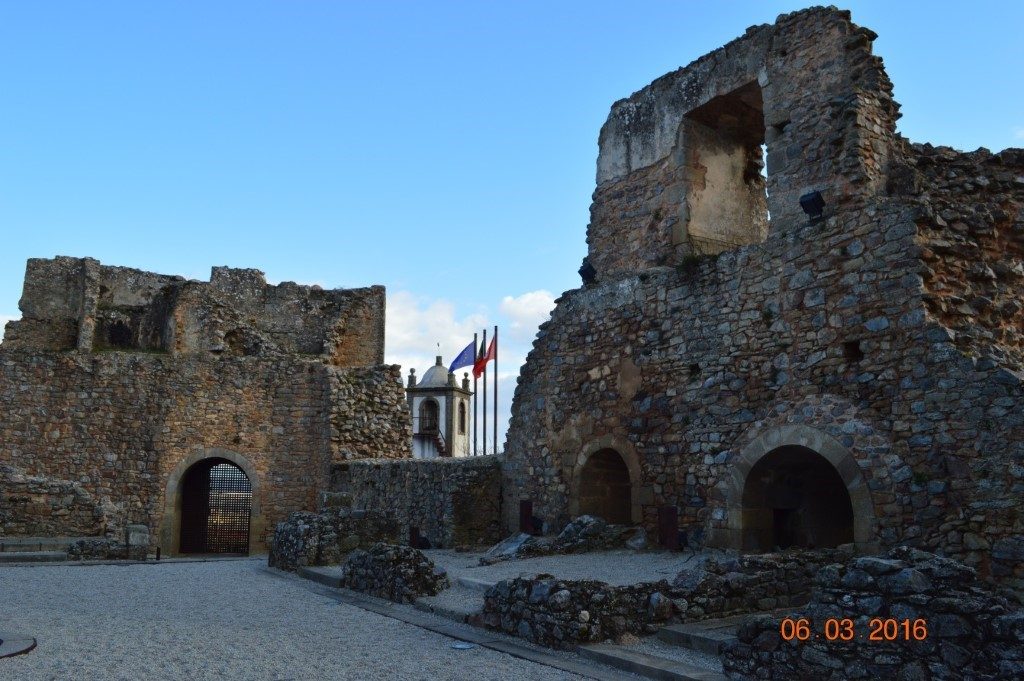
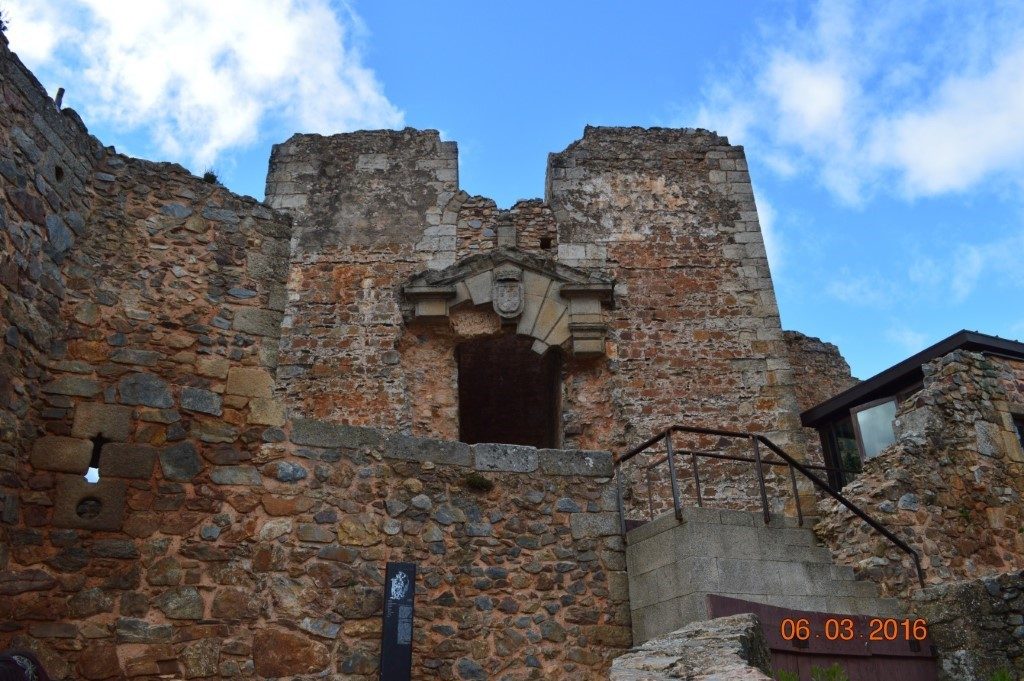
In the Castle, we could see the Cross-shaped Embrasures in the form of the letter “T”, the former watch and defense posts of the Alcáçova.

As we walked through the village, we could observe the eight-meter-high, Manueline-style pillory; a doorway with an inscription in Hebrew on the same street as the Prison; the community oven; and the Monument to the Restoration, which reminds us of Castelo Rodrigo’s participation in moments of Portuguese history.

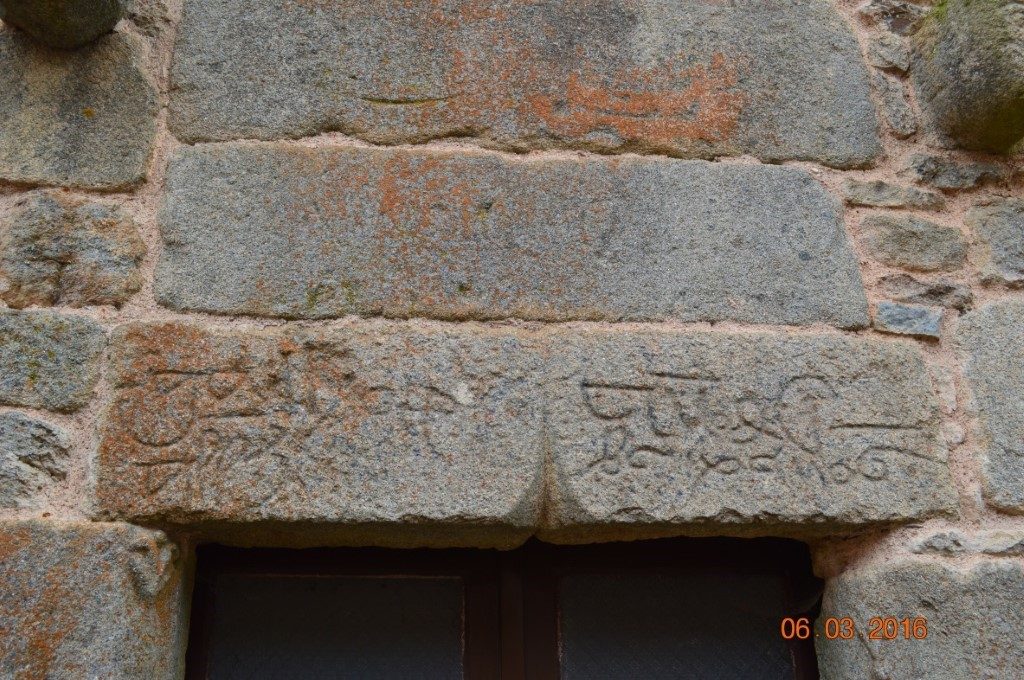
Finally, we admired the charm of the Parish Church, in honor of Our Lady of Rocamador.
The magnificent Historic Village of Marialva
Marialva, a Historic Village of the Guarda district, is located in an area that is difficult to access and quite rugged, but the trip is worth the effort.
We entered the village through the Northwest side, where we found the Anjo da Guarda Gate (Guardian Angel Gate), also known as S. Miguel Gate.

As we wandered through the village, we found the castle, from where we caught a panoramic view of the entire site.

Leaving the castle behind, we passed by the Santiago and Misericórdia Churches and the Senhor dos Passos Chapel.

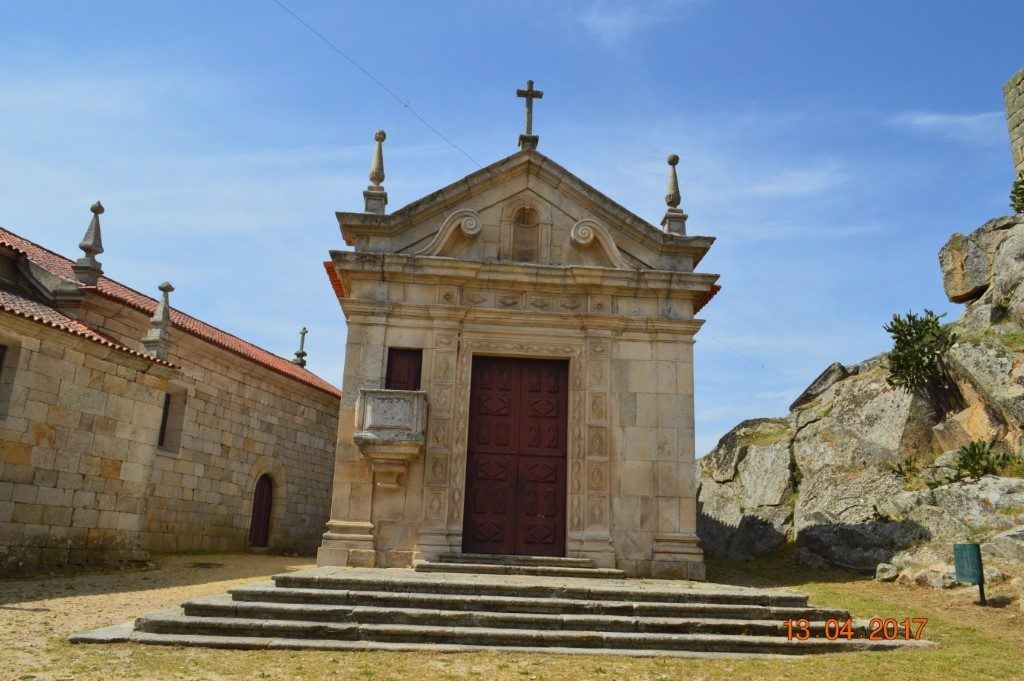
In the Largo do Pelourinho (Pillory Square), we found the 16th century cistern and the pillory.

In the Largo da Praça (Square), we came across the building of the former Municipal House.

Next to the former House is the former Prison and House of Magistrates.

We discovered the Casa da Judia (Jewish Woman’s House) nearby.

Outside the walls near Anjo da Guarda Gate is the Our Lady of Lourdes Chapel.

The Cross is located next to the Tourist Office.

Along the village streets, we came across the Casa do Leão (Lion’s House), a 16th century building; Casa das Freiras (House of the Nuns); S. Pedro Church; Solar dos Marqueses de Marialva (The Marquises of Marialva Manor); and traditional stone houses.

The Manueline-style fountain is also of interest to visitors, and for an overnight stay, there are rural tourism houses.

At most of the villages, we could buy a small souvenir for each one of the splendid days we spent there. They also have us wish that we can revisit not only their sites, but also their people.
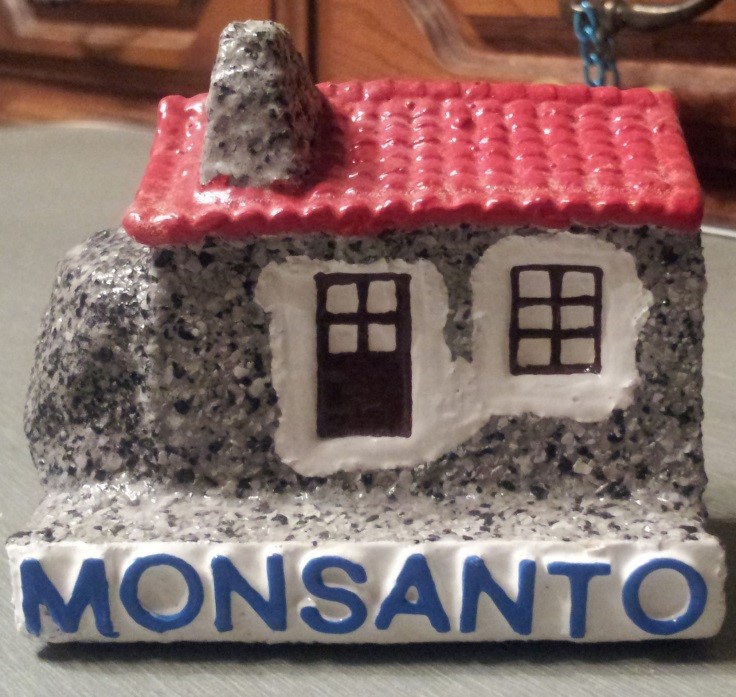
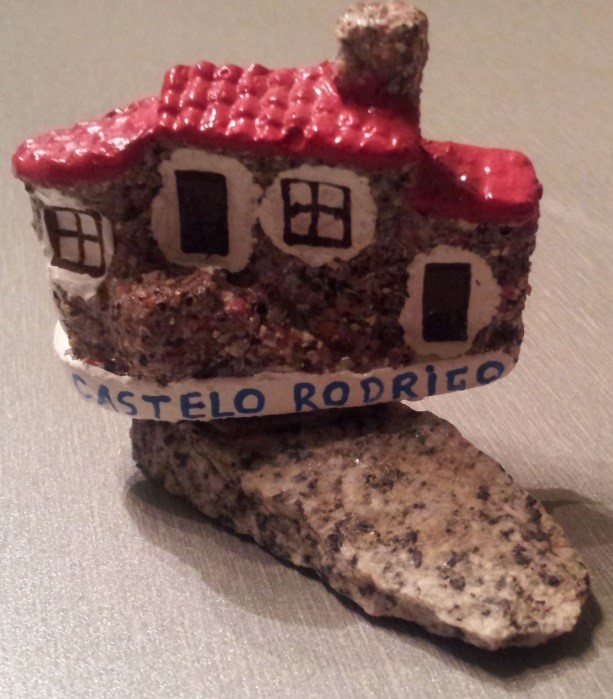



Have just as much fun as we had and enjoy your trip through this Portugal in search of people with soul!
Ângela Galante

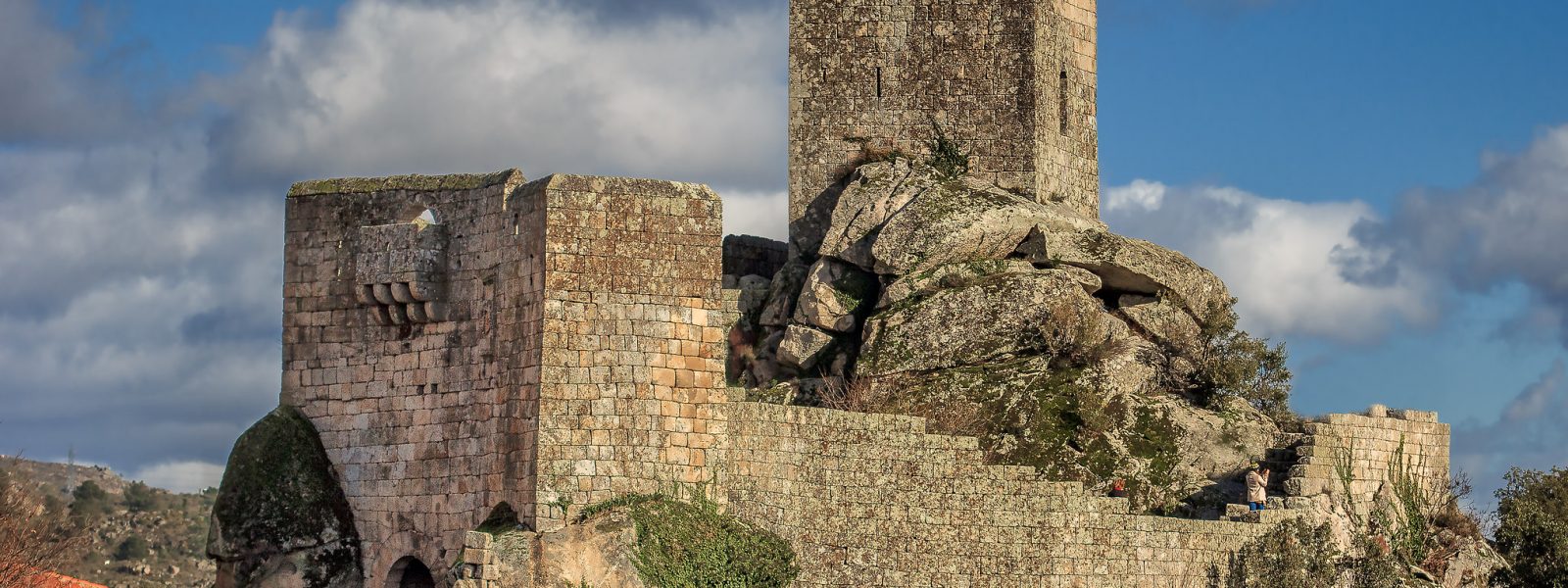




No Comments